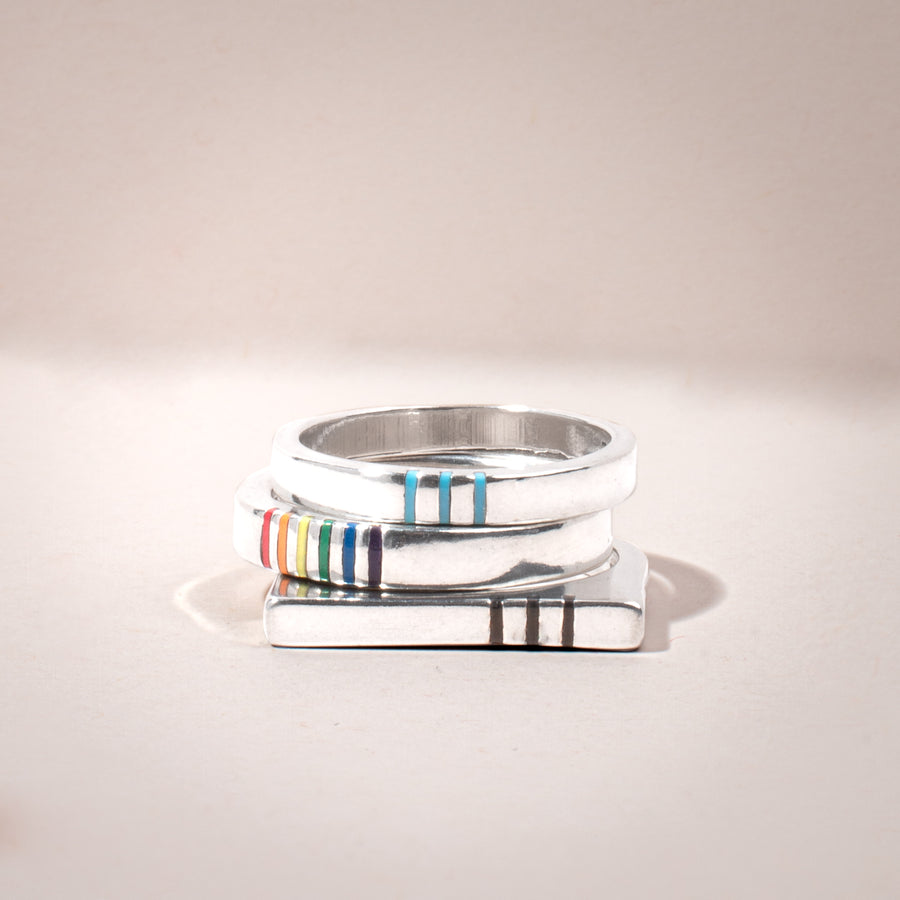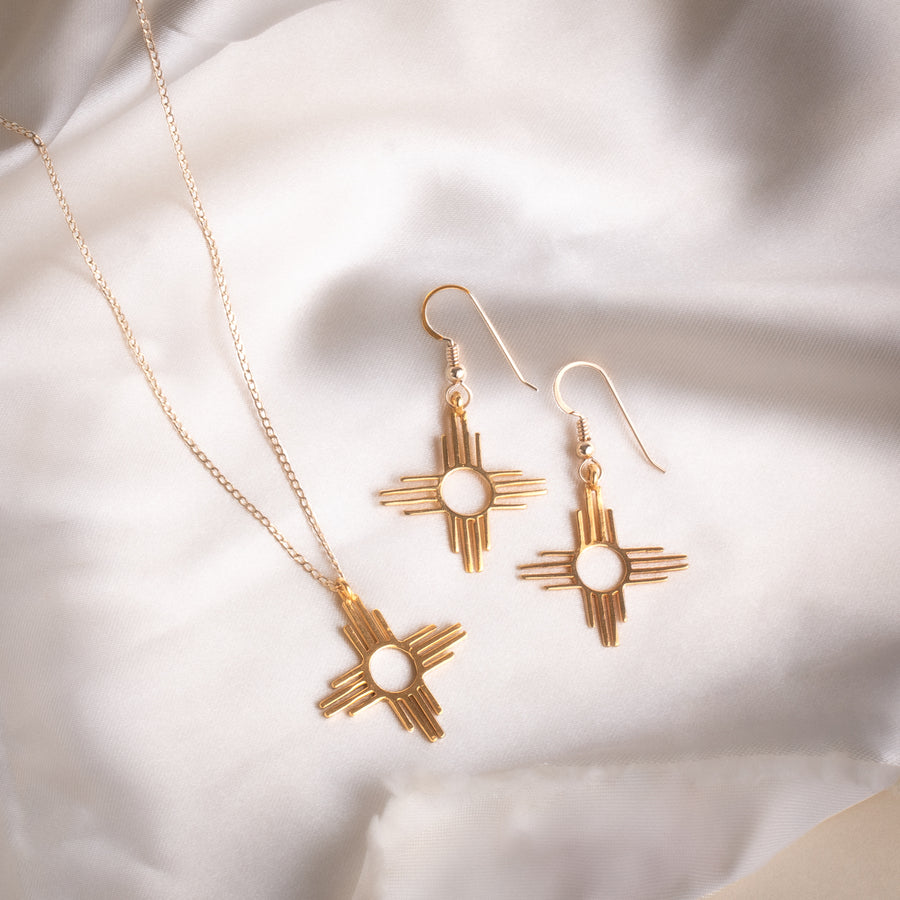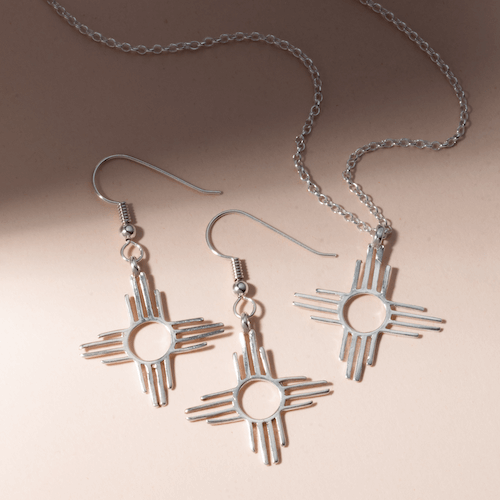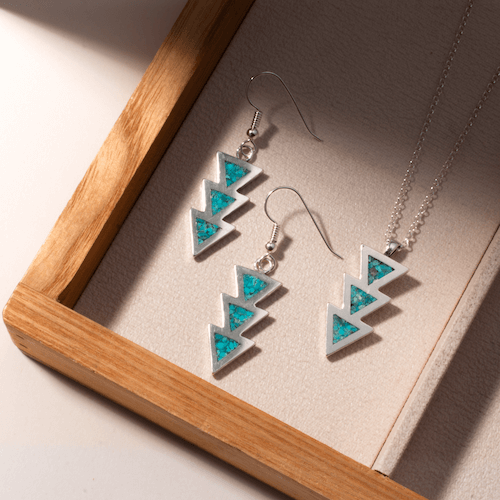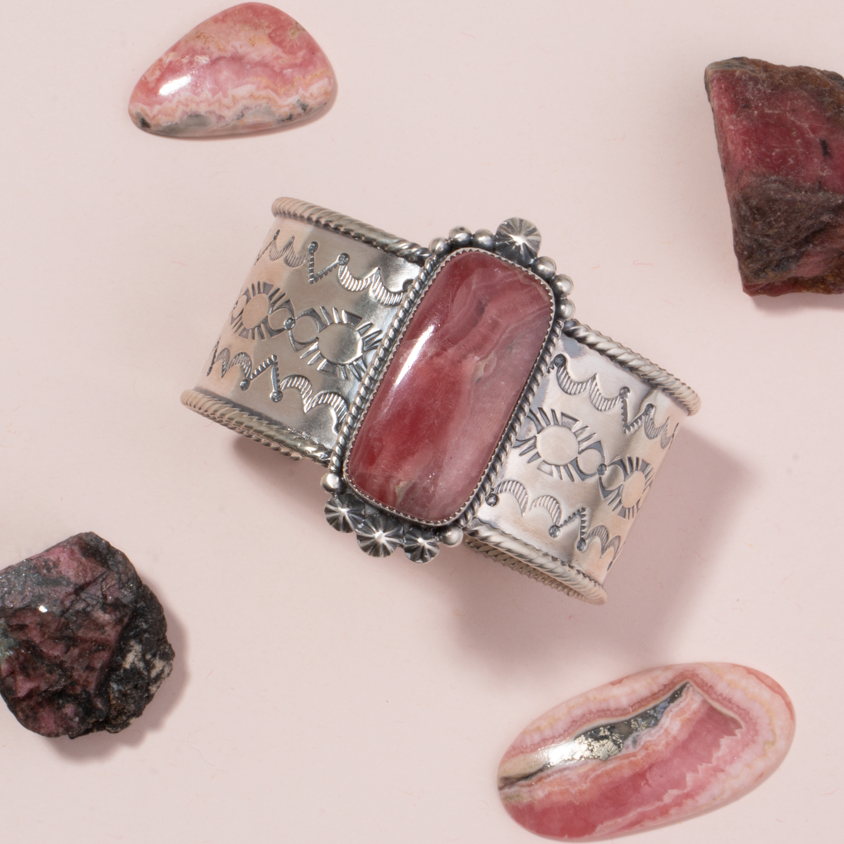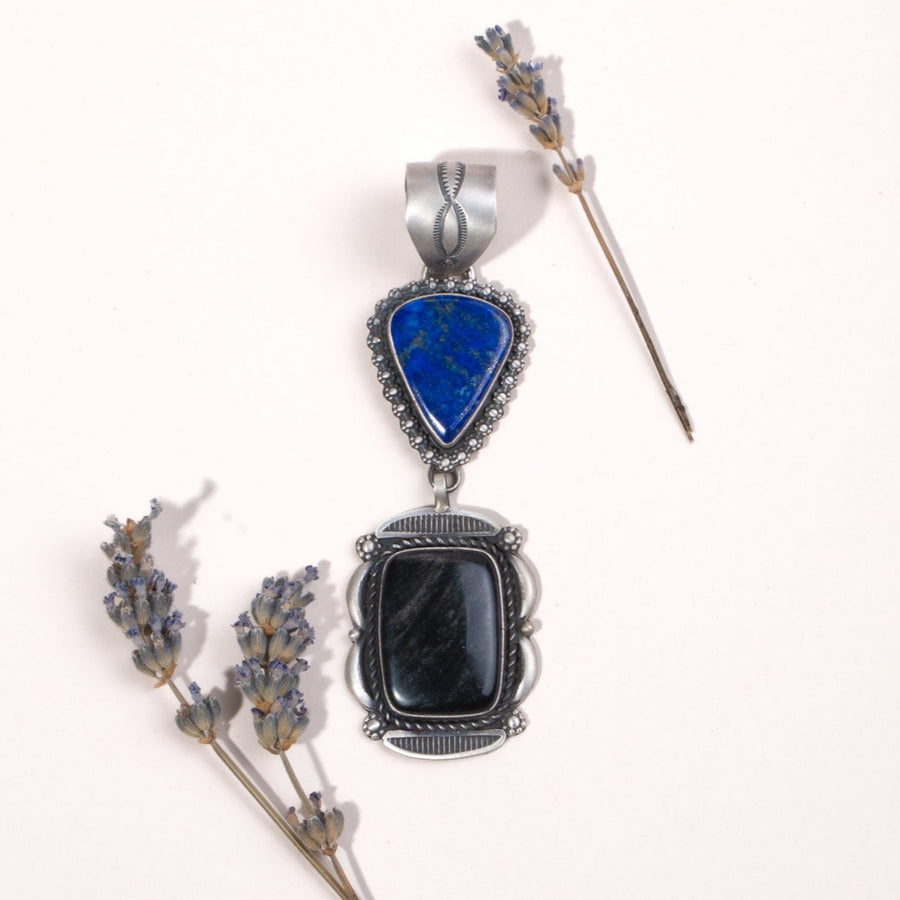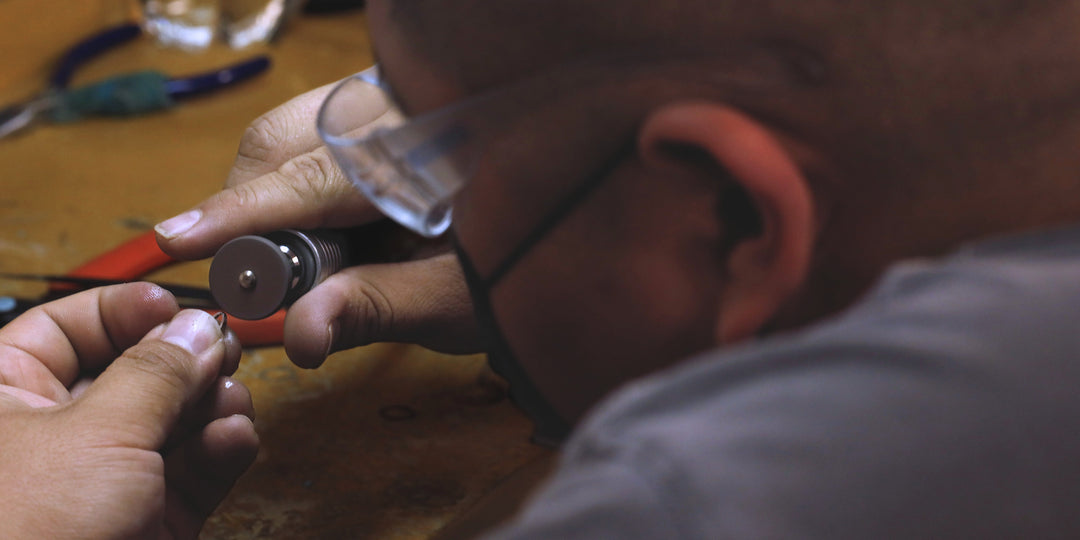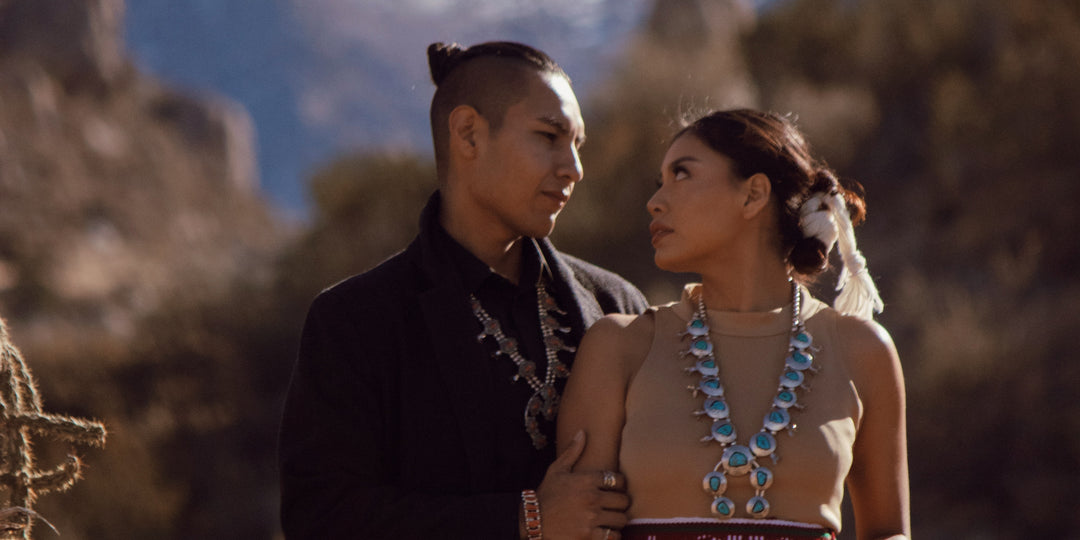Turquoise: An Ancient Lucky Charm
While turquoise is considered a precious stone across many regions and cultures in which the popularity fades in and out, the Native cultures of the Americas have revered the turquoise as a sacred stone for centuries. In fact, one of the oldest know mines (of any mined substance) across North America is the Cerrillos turquoise mine of New Mexico, which was the only turquoise that formed at the base of a volcano. The unique hue of the turquoise has made it a precious commodity, but also has created beliefs of a more supernatural nature.

Across many of the Southwestern tribes such as the Apache, Navajo, and Pueblo people, this stone is considered to be in some way connected to the sky. It is also the case that many of the Native’s words for this stone have a meaning akin to “sky stone”. It is this connection (and in some cases balance) of earth and sky that gives the stone special properties such as healing and protection. For example, it is believed among the pueblo people that the stone stole its color from the sky, while the Navajo believe that turquoise is actually a piece of the sky that has fallen to earth. There are also tribes among the Apache who believe turquoise could be found at the end of a rainbow.
Although it was not until Europeans came to the Americas that turquoise in silverwork jewelry began being made, turquoise has been worn or kept on one’s person for centuries. It was often worn in order to harness its special properties. One such property is protection on various levels (as in protection of both body and soul) is commonly believed. For example, medicine men often wore them for protection against disease as well as for power. Aztecs, Mayans, and Incans believed that they afforded spiritual protection, and it was believed among the Zuni that turquoise could ward off demons. Other tribes such as the Navajo believe that turquoise can act as a sort of shield keeping one from bodily harm. There is a saying that when one’s turquoise becomes cracked that the stone “took a hit” for you.

Turquoise was not only used as bodily adornment, but was also attached to artifacts as well since another special property was the granting of accuracy of aim. For example, the Apache hunters and warriors often attached turquoise stones to projectile weapons as it was believed the stone assured accuracy. Weapons adorned with turquoise were believed to fly straight to their mark. Aside from being a sacred adornment turquoise was also used ceremoniously. For example, it was an important part of the Navajo rain ceremony in which they would toss a turquoise stone into the river. In many cases it was also thought that simply wearing turquoise would attract good things.
The beliefs of turquoise being a stone of protection and luck are not isolated to the Americas. Germanic legend also says that turquoise could protect horses form ailment and injury as well as keep a rider from falling off the horse. Other European cultures believed that wearing turquoise would serve as a health gauge. In the middle ages it was believed that the color of the turquoise reflected the state of the wearer’s health, and a loss of color meant that ailment had settled in. Persians considered turquoise to be a stone of good luck. Persians, Arabs, and Indians considered it not only a stone whose color would reflect the wearer’s health status, but also one that could bring healing. For example, it was believed that dipping turquoise in water before drinking it would cure a bladder infection.
The beautiful hues of this rare stone has made it not only a precious trade commodity, but also a symbol of power, health, and protection. It is an ancient luck charm to a variety of cultures, but was exceptionally sacred to many native tribes of the Americas and remains a major part of their cultures to this day. Some of the highest quality turquoise is currently mined in the American southwest and while to many it is only beautiful adornment, it still holds sacred reverence to those tribes who have become well known for their beautiful jewelry making using turquoise.
References:
http://www.artisanweddingrings.com/myth_Turquoise-December.php
https://archive.org/stream/curiousloreofpre028009mbp#page/n303/mode/2up/search/turquoise
